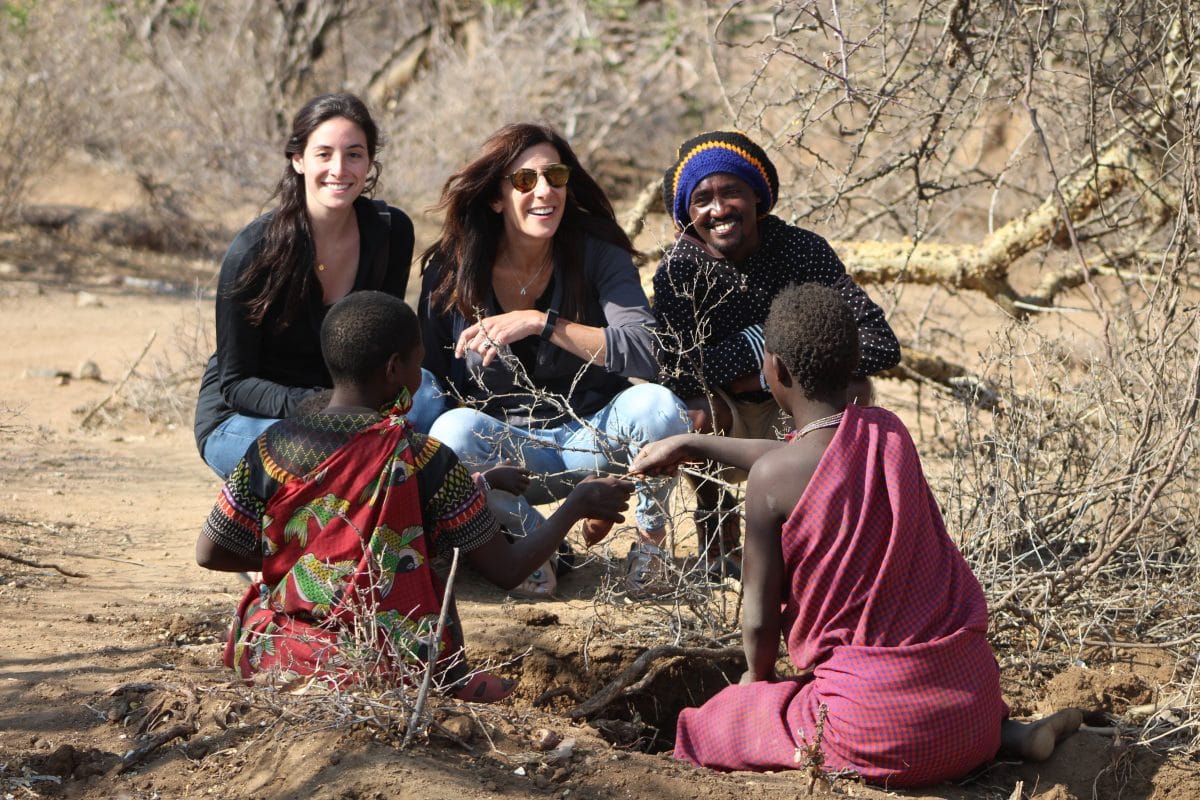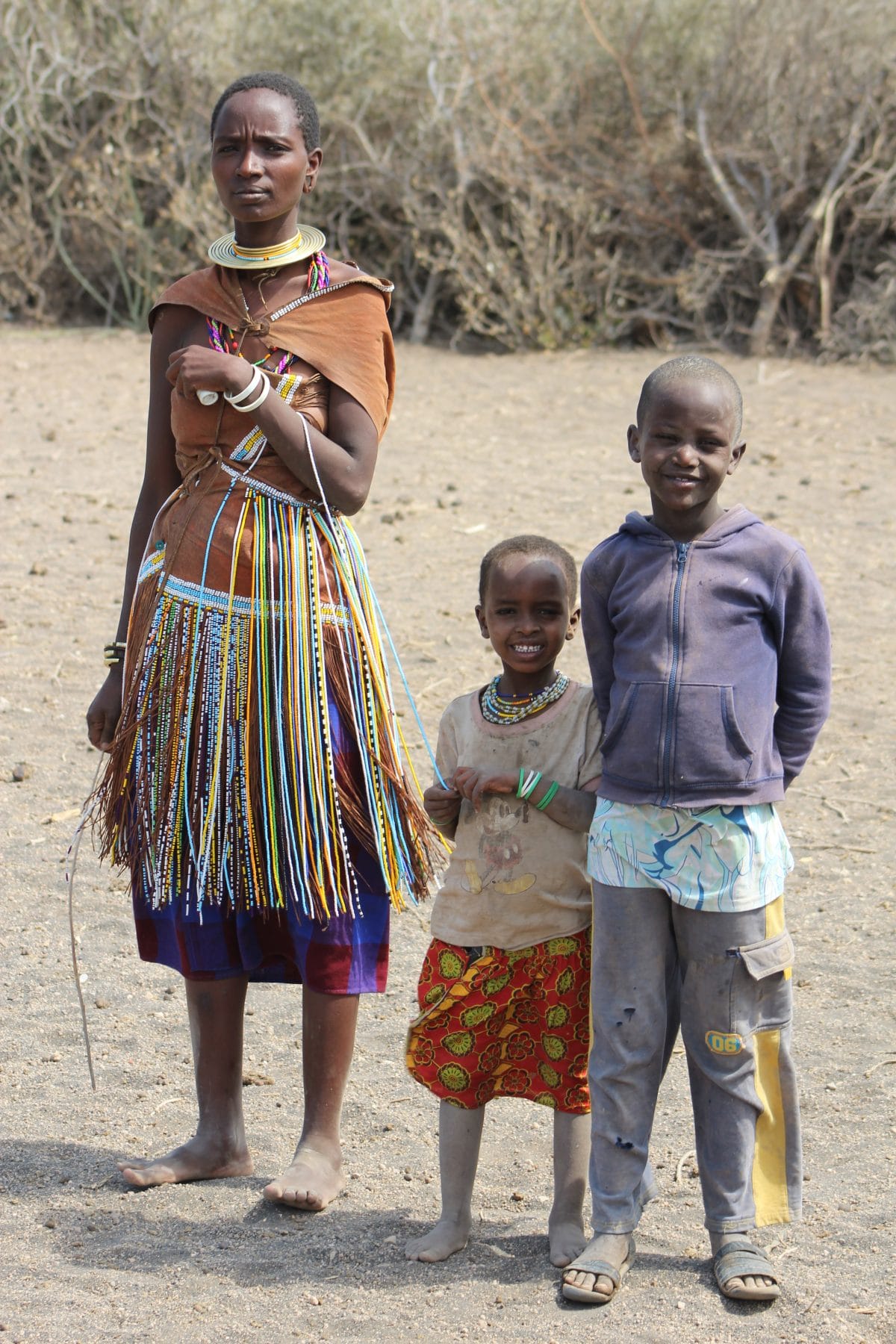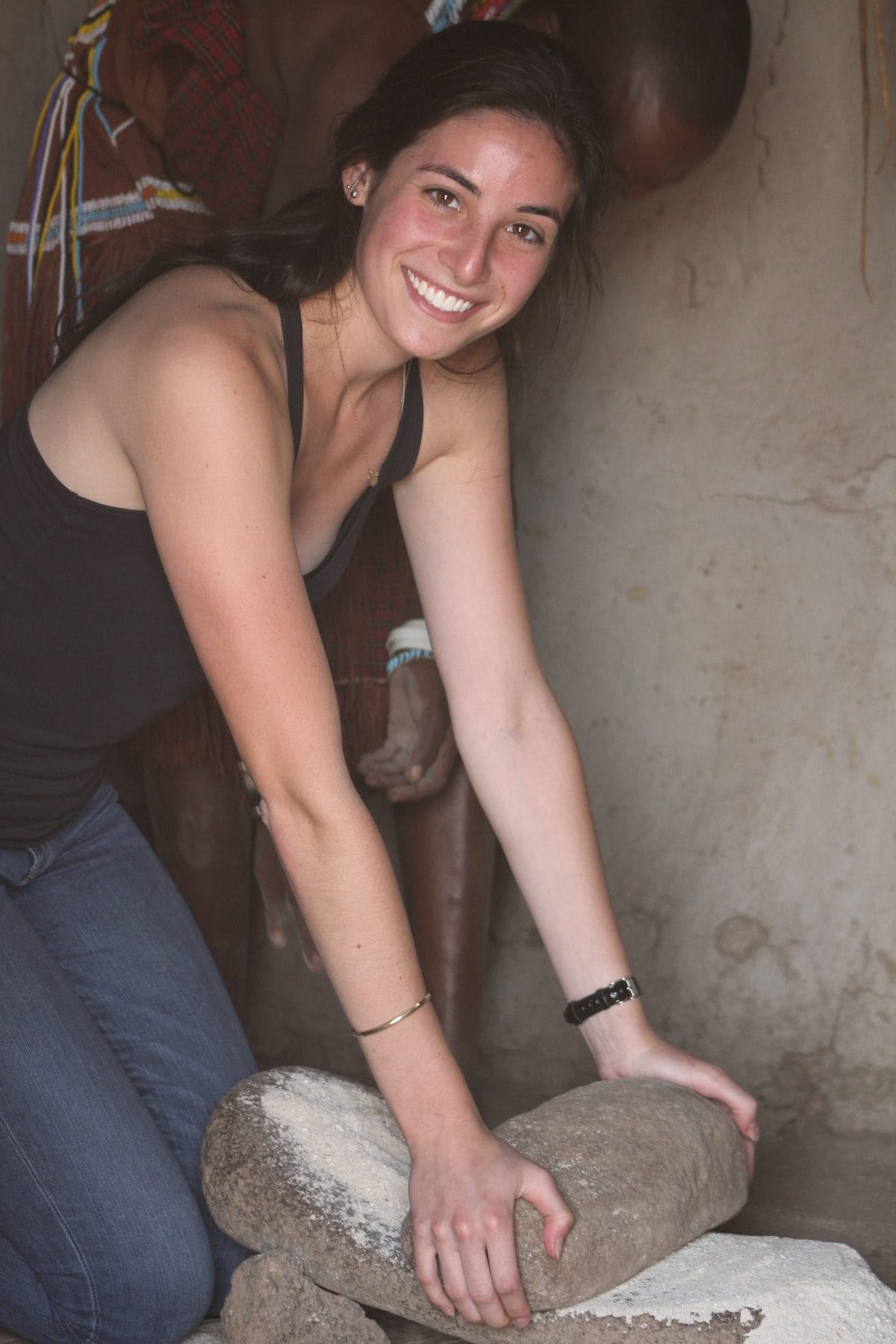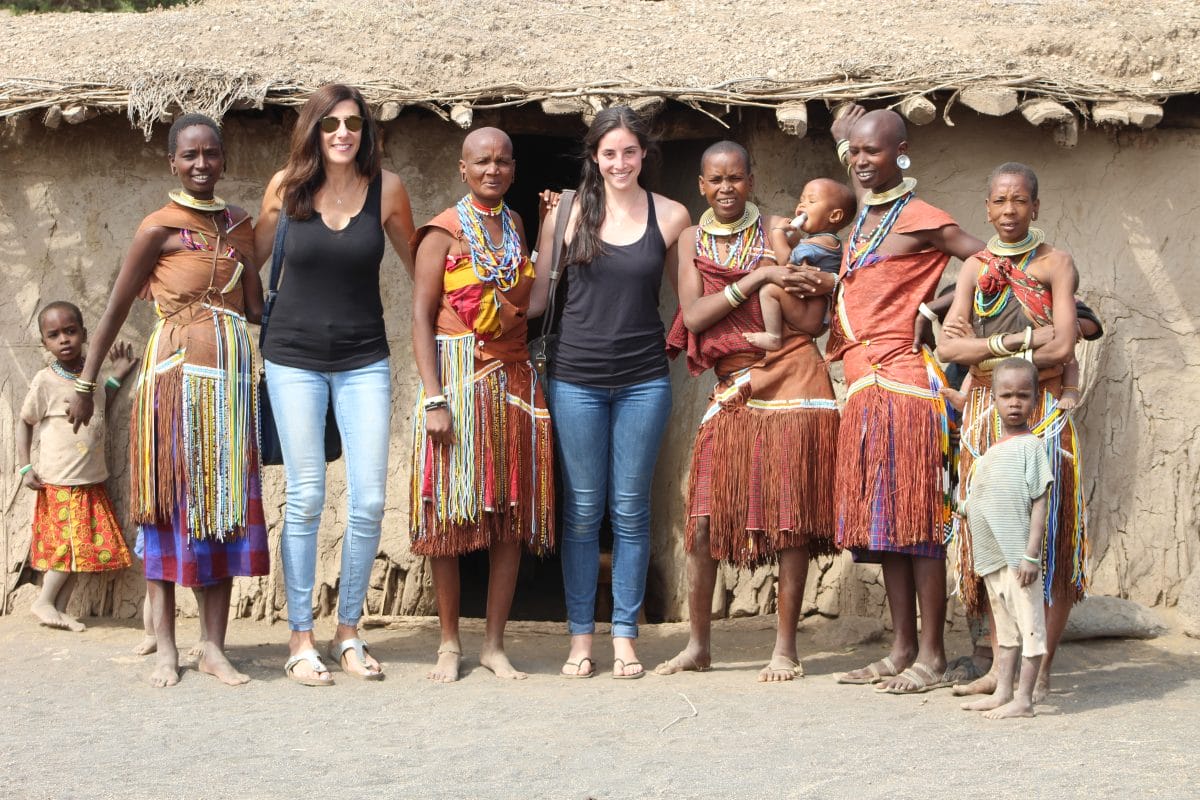Today was going to be focused on seeing 3 other local tribes. Important note: there are over 120 tribes throughout Tanzania. They do not fight, although the Masai and Daytoga tribes have an unfriendly history, they get along today. The tribes all coexist in relative peace. They exchange goods and therefore have relationships that work for them.
In contrast, Rwanda has 2 tribes, the Hutus and Tutsis. Because there were just 2, they fought bitterly and tragically, as we know from the Rwandan genocide of 1994. We will be touring that museum in Kigali, so more on that later.
We picked up our guide Qwarda, who wore a Rastafarian hat and had a great smile. He is a member of the Daytoga tribe that we will visit last. He was dressed normally, in khaki shorts and a t-shirt and carried a cell phone. He also spoke pretty good English, so he told us he went to school and learned English, and has been doing these guided tribal tours for 10 years. He doesn’t know his age, but guesses he is between 35-40. The tribal people we have met so far, have no idea how old they are.
The first tribe we visited was the Hadzabe tribe. They are hunters and gatherers and do not use money the way the Masai do. The men go out every day to hunt for food using a bow & arrow or a spear. If they make a very small kill, like a bird or small animal that won’t feed their family, they cook it and eat it out on the hunt rather than embarrass themselves by bringing back something inadequate. If they kill a larger animal, they bring it back and share it. If they kill a very large animal like a wildebeest, they actually pick up and move their camp to the site of the dead animal because it’s too hard to move that big an animal. They move frequently to where there is food, so their camp has to be very simple in order to move quickly and easily. Their homes are straw huts that offer no protection from the elements or predators. They look like they would blow over in a strong wind, but this is what they’re used to.
The women take care of the children, go out daily to gather vegetables and fruits and they do the cooking. The women we met were not very friendly, but there was a 2 year child that was adorable and curious about us. We went with the women into the bush to watch how they find and gather food. They walked quite a long way until they stopped at a tree with vines hanging from it. These vines indicated that there were yams growing under the tree. With a large butcher knife, a large stick and their hands, they dug under the roots of that tree looking for yams. They found several yams of varying sizes that they strung together. One of the women actually peeled one and ate it raw while she was sitting on the ground.
We walked back to the camp and the men came over to show how they shoot the bow and arrow and then they let us try. It was much harder than it looked! The string on the bow was an animal tendon strung tight and the arrows were made of wood with different metal points that they traded food for with the Blacksmith tribe, the next tribe on our list to visit.
We concluded our visit with a circle dance that felt like a hora when they all walked into the middle of the circle! That was the most we saw them smile.
We stopped for lunch in a very small, very dusty little village on our way to see the Blacksmith tribe. We had a boxed lunch from our hotel – thank god – but our guides bought lunch from a small outdoor restaurant. Polenta is a huge staple in Tanzania due to the corn crops that are grown everywhere, and when prepared, has the look and consistency of mashed potatoes. Our guides bought a huge plate of polenta that was being stirred by a young boy, in a giant aluminum pot at least 4 feet high. They ordered barbeque meat to go with it that was served in chunks, on the bone. With their hands, they took a meatball sized amount of polenta and rolled it into a ball and ate it, following with the meat. Stray, hungry cats sat at our feet and meowed for that meat until the guides threw them bones to lick. Unfortunately, we both had to use the bathroom. Without going into detail, it was filthy and possibly the most disgusting place I’ve ever seen. Samantha and I laughed and cried at our predicament, but we did what we had to and ran.
Next we visited the Blacksmith tribe. They lived in huts more similar to the Masai than the Hadzabe – more permanent in nature. We were shown to a hut where 2 men were working on metal. One was keeping the charcoals hot using 2 bellows that blew air into the coals. The other would put the metal he needed to work on in the coals to get it red hot, and then he pounded it on a rock with a sledgehammer until it was shaped the way he wanted it. He made arrowheads that were traded to the Hadzabe and other tribes, he made jewelry, eating utensils and knives. The process was very interesting and again, amazing to see the ingenuity that they used to accomplish their work. We actually bought a couple of bracelets from them that we loved.
We went into one of their huts, which was made of mud and cow dung and held together with sticks. Again, the ceiling was very low, so I could not stand upright inside. It was brighter than the Masai huts inside, but basically the same; a larger room was their living and cooking area with 2 smaller rooms off to the side serving as bedrooms. They slept on a platform with a cowhide skin as a mattress. Very primitive, but what they are accustomed to. After a 1 hour visit, we left for our final stop on the tribal tour – the Daytoga.
We arrived at the Daytoga village, which is the tribe of our guide Qwarda, so he was right at home. He lives with his wife and 7 children in the nearby town and not in the village because of his job as a guide. He has been in this job for 10 years, has a smart phone and wears western clothing.
The Daytoga are pastoral people; they have goats, sheep and cows and spend their time herding their livestock. They have similar style huts to the Masai, and practice the same type of ear piercing as the Masai with the large holes cut out of their earlobes. As I mentioned, the Daytoga and the Masai have a difficult history with each other, but while there is no love lost, they live near each other in peace.
The Daytoga women were so warm and friendly. They wanted to know if we were mother and daughter and where my husband was. I told them through Qwarda, that Samantha was an identical twin. Then I showed them several baby pictures and several recent pictures. They were howling with laughter. Then there was a game to guess who was who in the pictures I showed them. They would pass my phone around the circle, guess which one they thought was Samantha, and when I would tell them, they laughed and laughed. All of this time, there were small children coming in and out of the hut and one small baby crawling around. When he would fuss, the mother would nurse him, with no thought of modesty. This was natural and not thought of any other way. It was beautiful to watch, and the end of another remarkable day!









